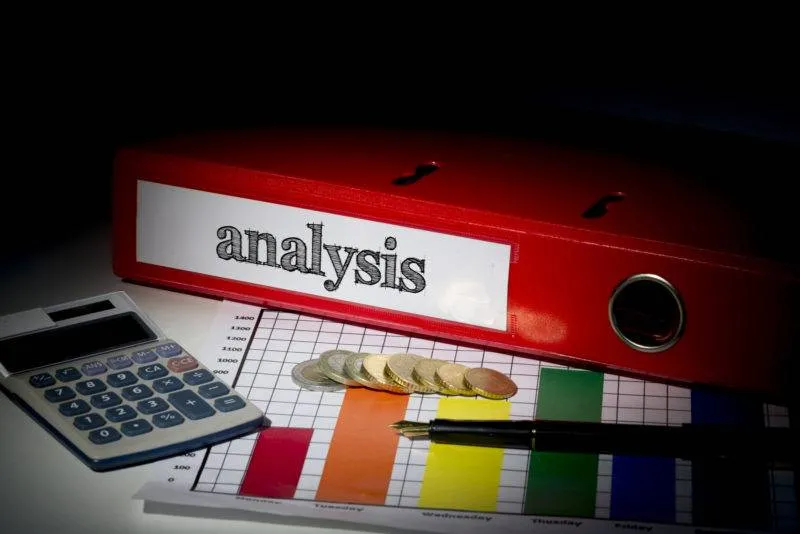Effective communication techniques for process mapping workshops

Introduction
Effective communication is vital to a successful workshop, whether it is held in person or online. Effective communication enables collaboration, leading to the correct and accepted outcomes being reached, therefore, poor communication is frequently linked to project failures.
Common communication failures are:
- Not defining and using shared language
- No access to the right people at the right time
- Ignoring information which is difficult to deal with or which contradicts your own view
- Key stakeholders not being identified or kept fully informed
- Appropriate communication channels not being considered
Getting the right people in the room is vital to getting to the correct end product, especially in process mapping. If the people in the room are not the people who do the job / process on a daily basis, the path the process will take, and the exceptions to the normal path will not be captured correctly. This will lead to inaccurate processes maps and process costings. This can be mitigated using the Engage Process Modeler, having the people who perform the process in the room to collaboratively map the process live in the workshop. After the workshop is complete the outputs can be shared digitally with the wider team and managers. Therefore, the managers and leaders don’t need to be in the workshop where they would try and make the As-Is process look less flawed but still gives them the opportunity to add feedback to the map before the To-Be process mapping workshop.
Communication options
In-person
Traditionally, workshops were conducted Face to Face and is considered by many as the most effective form of communication. Face to face communication allows for distributed team communication where the group splits into several smaller groups allowing for individual contribution and teamwork to combine back to a group solution.
Online
Although Face to Face is considered by many as the most effective form of communication, the pandemic has shown us that online video conferencing is still very effective if done correctly. The disadvantage of video conferencing is that everyone is trying to talk to everyone else, but only one person can speak at a time, leading to less individual contributions. To combat this distributed team communication be achieved through break out rooms, where smaller groups are created to allow for discussion and collaboration. Process mapping online using traditional mapping techniques is much harder then in person, as there are frequently many physical post-it notes and whiteboards. In contrast, the Engage Process Modeler is easy to online and still enables effective collaboration along with the team being able to see the process being built through screen share.
Text Chat
Quick text chat is a good way to get a quick response for short pieces of information, as the user can see who is online they only need to message when they can expect a quick response.
Email communication can be effective at confirming what has previously been agreed, but is less effective at agreeing new information as emails can be missed, and email chains become complicated and unfollowable as many people replay all to the same message.
Collaborative Workspaces
Collaborative workspaces are good for informal communication within a team. Workspaces allow for communication using words, models and pictures. These don’t necessarily need to be in person and can also be hosted online using video calls and collaborative documents.
Conclusion
In conclusion, there are many different ways to communicate with a team, and commonly there is no one answer for the situation. Process workshops may use online video calls to map processes and then use email to distribute and get feedback between workshop sessions.
